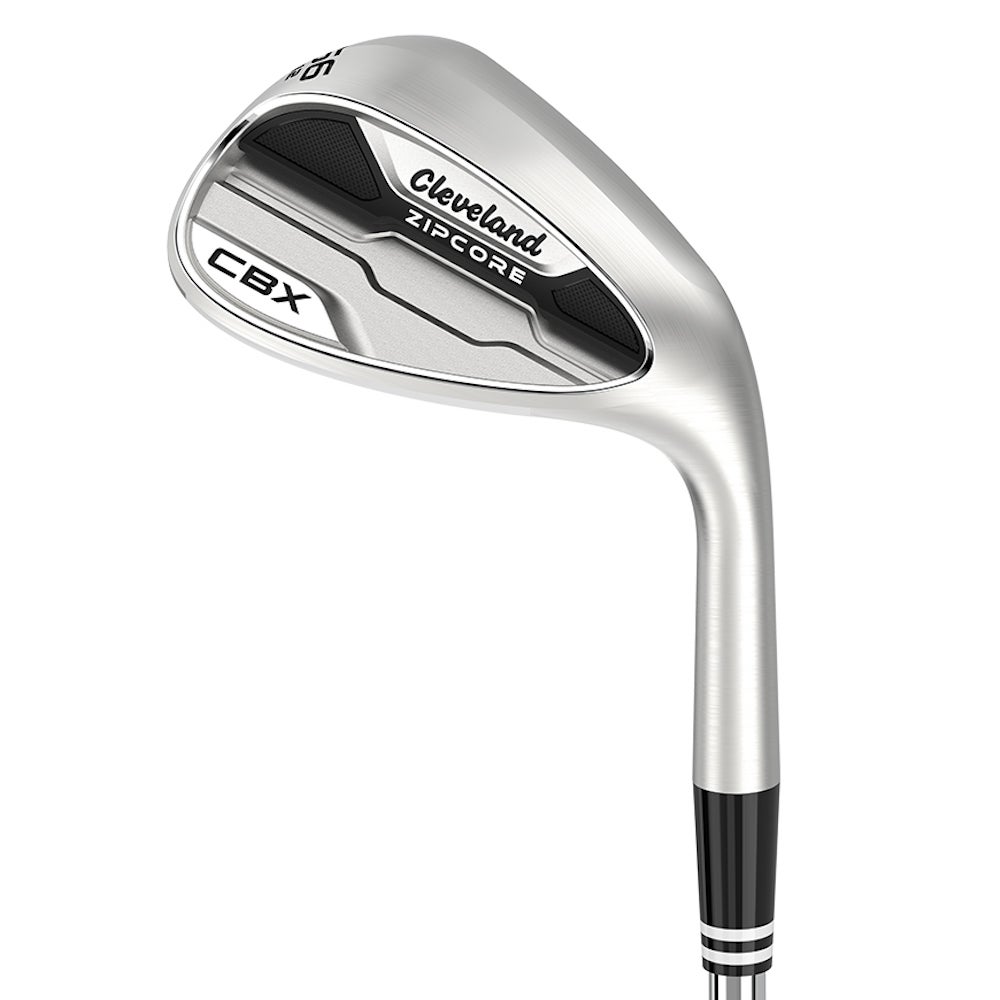
Check your clubs to make sure an issue doesn’t arise.
Getty Images
Welcome to another edition of the Fully Equipped Mailbag, sponsored by Cleveland/Srixon Golf, an interactive GOLF.com series in which we field your hard-hitting gear questions.
Do you ever get a sense that maybe some of your clubs aren’t performing as well as they once did? There are plenty of reasons to believe that, mainly because when you think about it, we tend to give our clubs a proper thrashing every time we play. And even when we aren’t playing, our clubs can take on abuse while jangling around in the bag, in the trunk of a car, or even when traveling by air.
It’s really no wonder our clubs eventually wear out, but sometimes you may not realize when they do. Lucky for you there’s the FE Mailbag, and we’ve jotted down a handful of equipment checks you ought to make to ensure your clubs are in tip-top shape.
Cracks
When titanium alloy first took over as the dominant metal for drivers, it wasn’t uncommon for golfers who had fast swing speeds sometimes to crack their clubheads. It’s less common now, but sometimes can still happen — often as the result of not hitting a ball, but by damage incurred while bouncing around in the bag on a golf cart or in the trunk of your car.
Cracks can reduce the trampoline effect of the clubhead and it’s not advised you keep using a cracked clubhead because it’s only going to get worse with every strike. It could also break completely — that can be downright dangerous.
Dents
Dents may be an eyesore, but if it happens on the rear of the clubhead or even on the crown, it’s possible a depression won’t adversely affect how your club performs. If the clubface is dented or caved in, however, it’s a no-go and you’ll need to replace it right away.
Drivers (and woods) need bulge and roll to perform as they should, and a concave face will make hitting good shots incredibly difficult. To see if your face is concave, hold the clubface flat and pour water on it. If it pools on the face, you know you have a dent.
All of our market picks are independently selected and curated by the editorial team. If you buy a linked product, GOLF.COM may earn a fee. Pricing may vary.
Cleveland CBX ZipCore wedges
$149.99
CBX ZipCore delivers the perfect blend of performance and forgiveness for players that never apologize for stepping up their short game.
Gouges
Few things in golf are more frustrating than hitting an iron or wedge shot from an unpredictable lie only to find you nipped a rock and it left a nasty pit mark in the clubface. If it’s a small gouge and not near the center of the face you might be OK, but if it’s where you make contact and it’s bigger than a ladybug, you’ll want to replace that club.
Any attempt to fix it via sanding or epoxying isn’t a good idea — and for the matter, probably not legal to do anyway. Lastly, your putter is probably the most subject to deep gouges because it’s likely made of the softest metal in your bag. Check everywhere, especially on the face to see if you’re still smooth.
Bends
Bends often occur in shafts and in the hosel areas of your irons and wedges. Usually, bends don’t happen as a result of playing or hitting shots, rather bends often occur when you don’t store your clubs properly. Suppose it could happen from hitting a tree or a tree root or something like that, but that’s pretty rare. It’s more likely that you have something heavy resting on your shafts that eventually bends them, or maybe your travel bag was unfortunately placed in an awkward position at the bottom of the luggage pile in the plane.
Check each of your shafts and hosels for bends. Bent hosels are often fixable — bent shafts are probably not worth the effort.
Fractures/Abrasions
Graphite shafts are designed for high performance, but that doesn’t mean they aren’t delicate. Composites are subject to cuts and fractures, and if you see this kind of damage it may be time for a quick upgrade because like other equipment damage, it’s only going to get worse. Shaft fractures, scuffs, etc., are usually caused by wear and tear in the golf bag and not while playing. It’s possible you can break a shaft while hitting balls, but likely the initial fracture happened somewhere else.
Worn-out grooves
Eventually, your grooves lose sharpness, lessening your ability to spin the ball. There are groove sharpening tools that you can try but be warned: If you use one, you’re likely to break the rules and your grooves will be too sharp and non-conforming.
Instead, give all your grooves a cleaning and if they feel smooth and your fingernails can’t get a grip on the grooves, it’s time for an upgrade.
Want to overhaul your bag for 2022? Find a fitting location near you at GOLF’s affiliate company True Spec Golf. For more on the latest gear news and information, check out our latest Fully Equipped podcast below.










